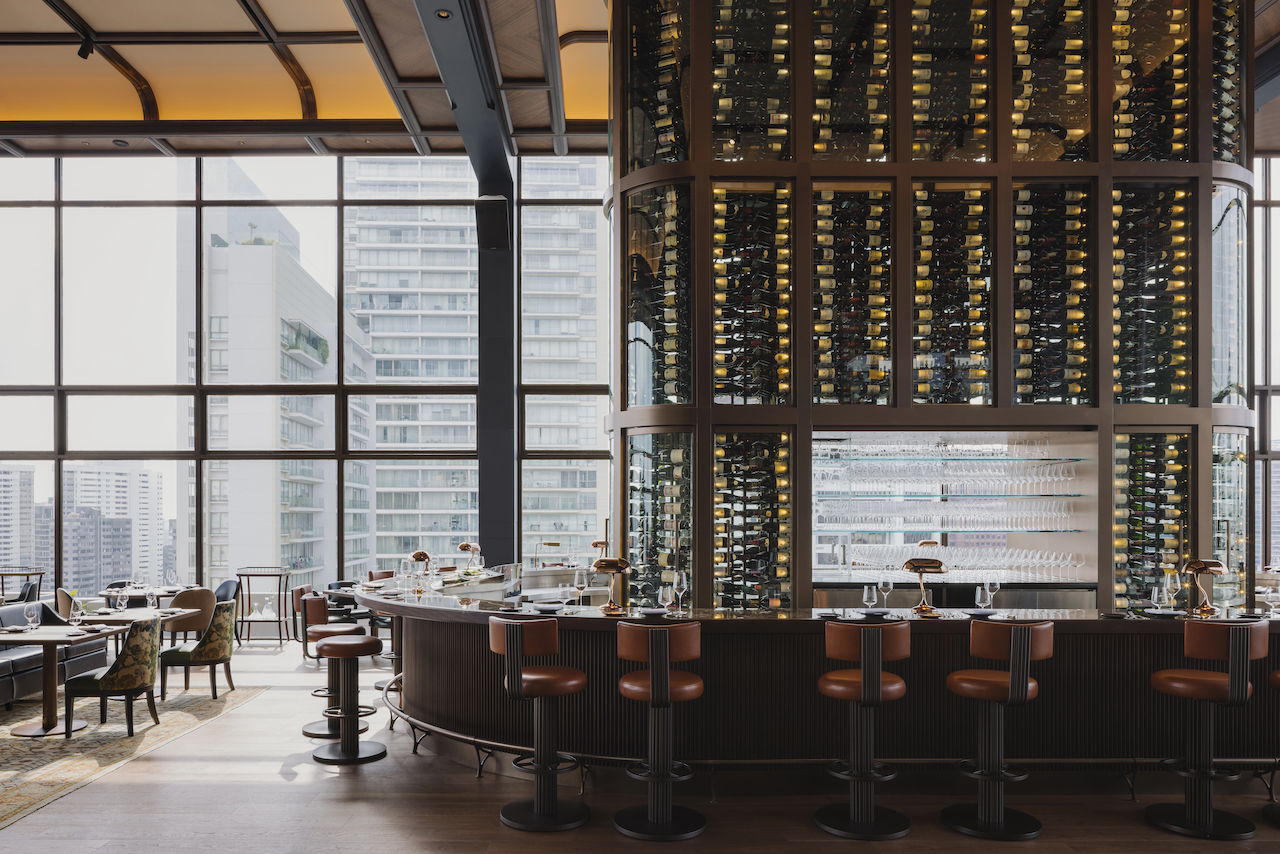We uncork a conversation with Richard Hemming MW, 67 Pall Mall’s Head of Wine, Asia to find out more about China wines, from terroir and tasting profiles, to pricing strategies and the semiotics of Chinese label design.
Text by: Amy Van, Photos: 67 Pall Mall
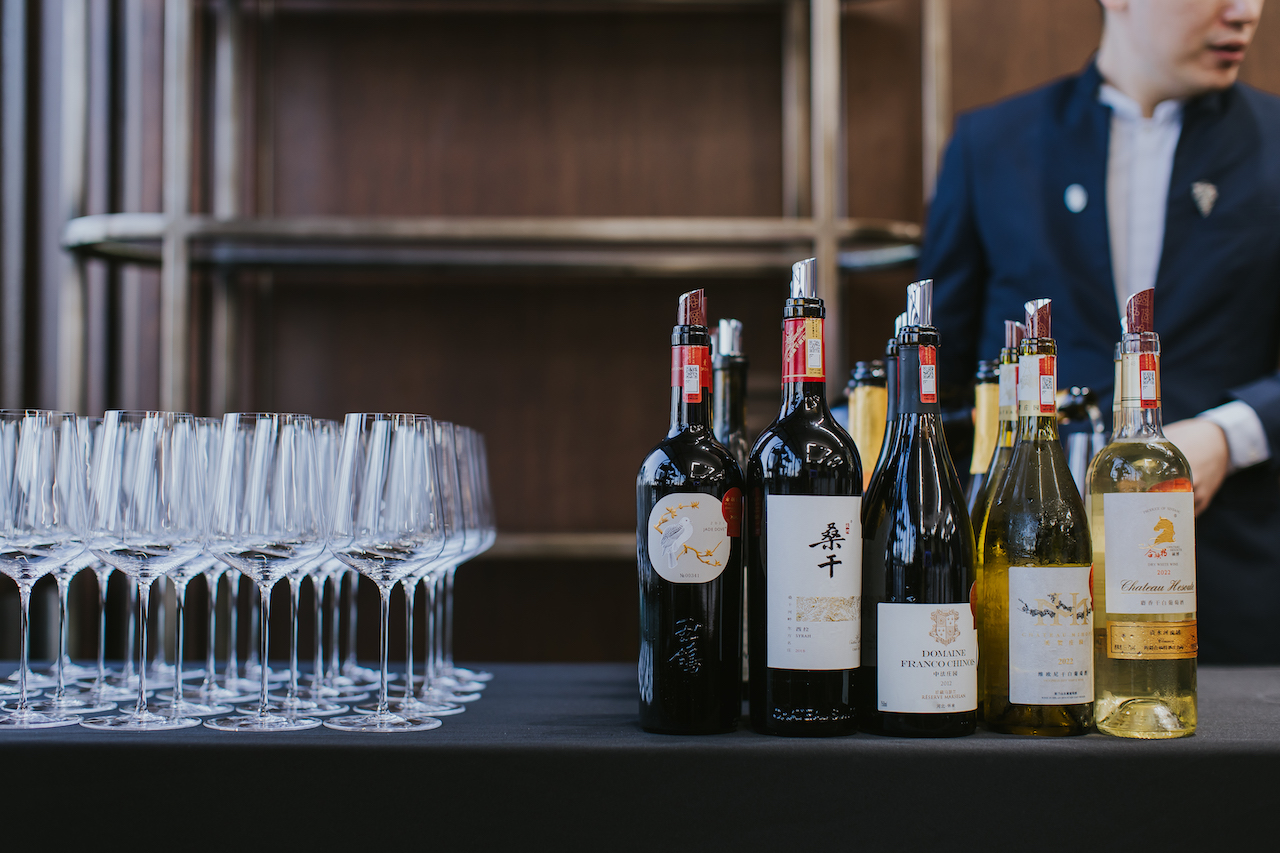
China’s wine industry, once dismissed by traditionalists and sceptics, is no longer merely fermenting, it’s flourishing. From the high altitude vineyards of Ningxia to the sun-drenched valleys of Yunnan, a new viticultural narrative is taking shape: one that fuses ambitious winemaking with bold experimentation and an eye towards the global stage. Grape varieties like Marselan are thriving, homegrown labels are commanding attention at international competitions, and domestic winemakers are bottling the quality to match.
To better understand this evolving landscape, we speak to Richard Hemming MW, 67 Pall Mall’s head of wine, Asia, who led the ‘Chinese Treasure Hunt’ wine tasting session recently, featuring labels such as 2021 Xige Estate Jade Dove Single Vineyard Cabernet Gernischt, and 2012 Domaine Franco-Chinois Reserve Marselan. These wines received accolades at the Wynn’s Signature China Wine Awards held in Macau earlier this year. Richard was one of the judges for the competition.
Tell us more about the ‘Chinese Treasure Hunt’ event held at 67 Pall Mall
“We did a walk-around tasting of wines that had won a trophy or medal at the Wynn’s Signature China Wine Awards held in Macau – a competition I judged this year. It accepts submissions from across China, and the top wines are awarded medals or trophies. We selected a few of those winners and brought them here for tasting. We specifically asked the producers to send a few more bottles for our list at 67 Pall Mall. But many of them aren’t represented here. Some producers don’t even have export licenses – they’re relying entirely on the domestic market, which is a risky strategy.
Yes, there are a lot of people in China, but the vast majority don’t drink wine, and probably never will. For any wine producer anywhere in the world, if you want a more steady outlook, you need to be in several different markets.
For instance, China recently moved against serving wine at government events, and as far as I can tell, that (decision) came out of nowhere. In China, wine is often used for banquets and gifting, but that practice has declined. So, for producers who had been selling a large volume through those channels – what’s their alternative now? That’s why it’s essential to have distribution in multiple markets.”

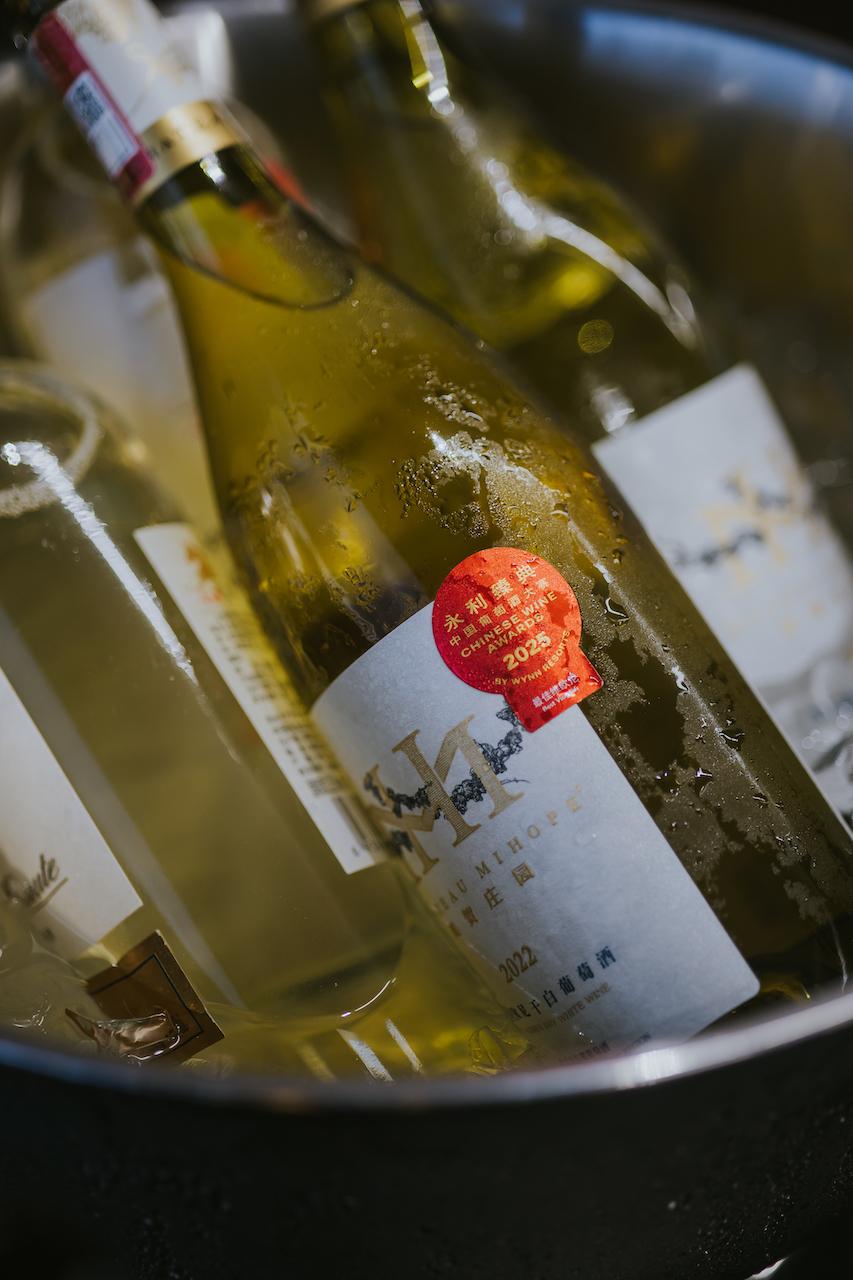
What inspires Chinese winemakers to produce such amazing wines?
Motivations to make wine are very confusing. Often, it’s because they simply love wine — they’re passionate about it and want to try and create something that’s their own expression of a grape variety or a place. Usually, it’s been inspired by a classic wine from somewhere else in the world. And, that’s great, because if we didn’t have that, then wine would be very boring. Sometimes it’s driven by ego. People who have made a lot of money elsewhere and like the idea of the lifestyle. In the same way they might open a restaurant or a hotel, a winery can be their own version of a lifestyle project. A few companies really go into it with a business plan in the traditional sense. They see an opportunity and think: “Okay, we can create a brand that makes this much wine at this price point, and distribute to these kinds of markets.” But those are more the exception than the rule. You don’t need that many people to know about fine wine for it to become a good business. China or any emerging country takes at least one or two generations before the reputation is established. It’s a long-term game, and we’re still not there yet. But we’re getting there, and people are taking it more seriously. And they should because the wines are good.
How has the perception of Chinese wine changed internationally?
I think it was in 2011, when a Chinese wine (Helan Qing Xue winery’s Jia Bei-Lan Cabernet Cuvée (2009 vintage) from Ningxia) won a big award at the Decanter World Wine Awards in London. That was the first time a Chinese wine had placed so well in a very reputable competition.
Then there was Long Dai and Ao Yun, both of which are owned by big international brands. They demonstrated that there was going to be serious interest from the fine wine sector. That made things more interesting internationally. Domestically, there have been brands that have existed for quite a while now. They may not be known for fine wine, more for everyday level wines, but they’re still really good. Domaine Franco-Chinois and Great Wall are both solid brands that have been around for a while.
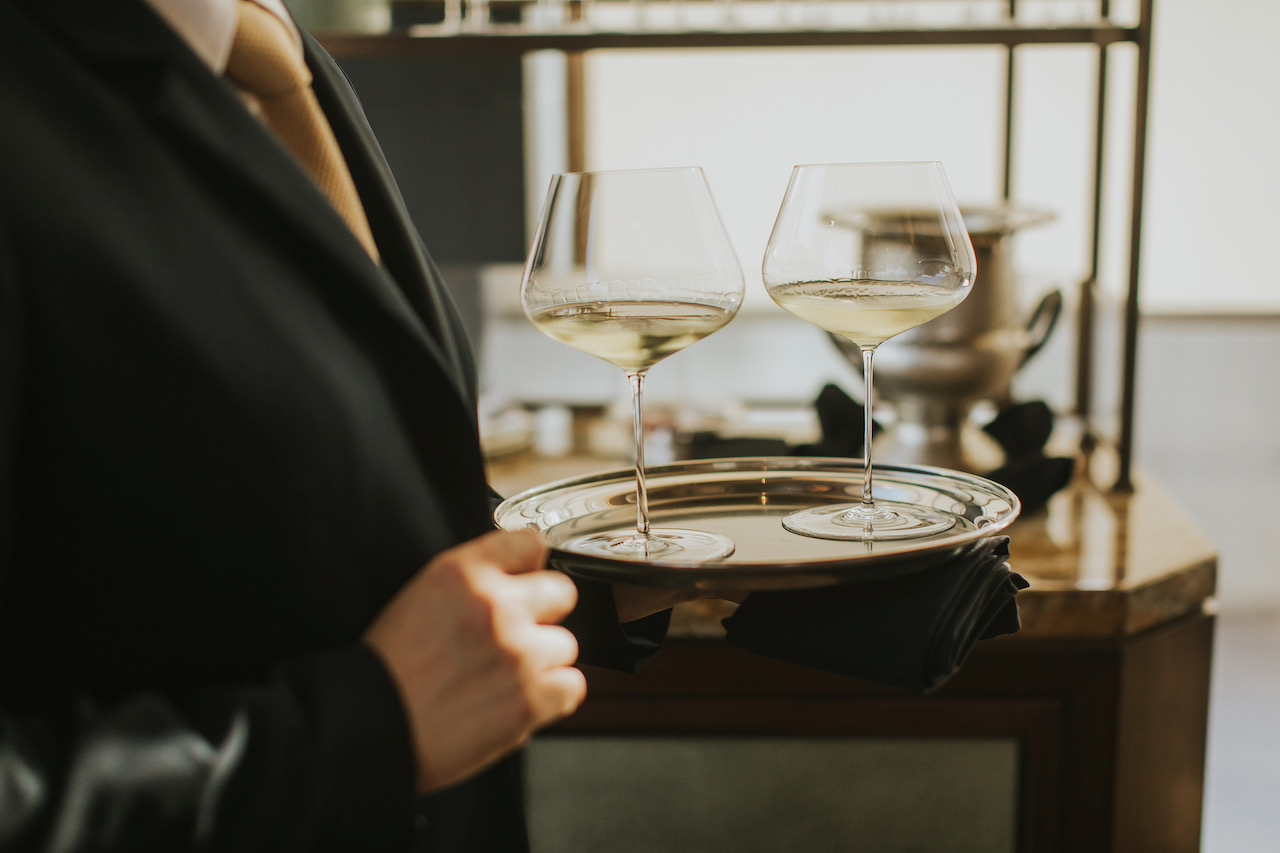
How do the different wine-producing regions in China express unique characteristics?
Well, I think the first important thing to say – and this was very apparent from the tasting we did – is that there is no definable characteristic or terroir. When you look at those massive regions as a whole, firstly they’re huge. If you look at Ningxia or Shandong – they’re massive.
A lot of the vineyards are still quite young. They’re growing many different grape varieties, almost to see what works and what doesn’t. Very often, they’re making wine in a style that’s good but it’s almost made to a formula. Most of the reds, especially the ones made from Cabernet, tend to imitate a style that’s very bold, very ripe, high in alcohol, lots of oak. They’re strongly similar to wines from Napa, Argentina or Chile.
So how do you define their terroir when the wines are made in a style that already exists elsewhere? It’s very hard. Ao Yun does seem to be a bit different because it’s smaller and has much more discernible terroir. There are lots of terraced hillside vineyards, which is very familiar in terms of European terroir. Whereas in a lot of other regions, it’s flatter, irrigated land, and it’s harder to express terroir so immediately.
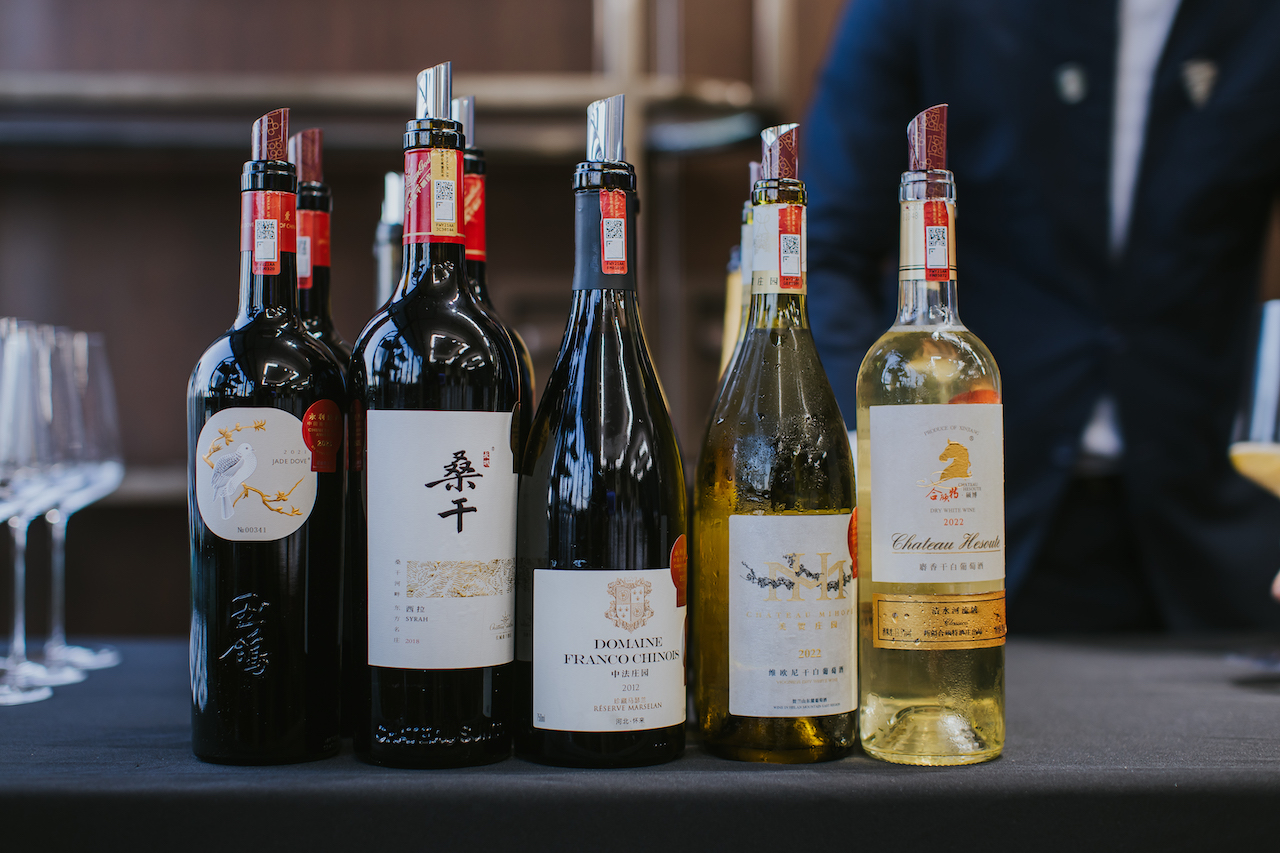
What makes Marselan particularly well-suited to China’s climate and soil?
Marselan is a French cross; its parents are Grenache and Cabernet Sauvignon. It was created in France, like most crosses, for two reasons. One, to be more efficient – in the case of Marselan, that includes being somewhat more disease-resistant. The other is to be productive at a high quality level. Usually, grape varieties are a compromise. You either get something that’s easy to grow and productive but lacks top-quality flavour, or something that’s super high quality but very difficult to grow. Marselan has never really caught on anywhere, because it doesn’t quite provide the answer to the problem. However, the nice thing about that is: nobody really knows what Marselan should be like. So China has an opportunity to define what Marselan could be. There’s some still grown in France, but not really at the fine wine level. It’s different from Cabernet or the other well-known varieties. We still don’t know much about it. But China happens to have quite a lot of it planted — so they have the opportunity to do something interesting.
How do producers navigate the pricing spectrum, from luxury offerings that rival Bordeaux to more accessible labels?
There’s this anecdote about three Napa winemakers looking at a barrel of wine and saying, “How much is it worth?” One says $100 a bottle. The next one says $300. The last says $1,000. And it’s not related to intrinsic quality. There’s no linear scale. Quite a few of the wines we tasted at the walk-around, and that you see on the market, are hundreds, maybe even thousands of dollars (SGD) per bottle. And almost immediately, consumers ask, “Why?” Usually not very politely. Because if there’s no track record, how can it cost that much?
It’s a reasonable question, and there are a few answers. One is: it’s purely marketing. They want to place their wines among what they consider to be their peers. Getting people to pay that price is very different.
We do sell some Chinese wine at hundreds of dollars a bottle. Probably not thousands yet, but there are people who will try it. You could also argue that it’s part of having a sort of ladder of quality. If you’ve got your icon wine at the top, you might not sell very much of it, but it gives you permission to have wines below it – maybe still hundreds of dollars, but not thousands. It creates a hierarchy.
And it’s not just a Chinese issue. It probably originates, almost certainly, from regions like Burgundy, where there’s a very clear hierarchy. Grand cru Burgundy might be $30,000 a bottle at the top end, or even more. That’s supported by demand. Burgundy prices are purely market-driven because there’s not much of it, and lots of people want it.
That’s not the case for Chinese wine. But they’re trying to enforce that system on it. For wine lovers, it can seem like a crazy thing to do – because they’ll say, “They’re never going to sell it at that price.” But really, what’s the alternative? If they sold it at cost, say $50, who’s going to take them seriously at that price? And then how do you, over time, increase that price to a point where people will still buy it when they were used to buying it at $50? It’s a very difficult decision to get right, so just go for it. And of course, a lot of these producers have been set up as lifestyle projects. They want to see their wine at that prestige level.
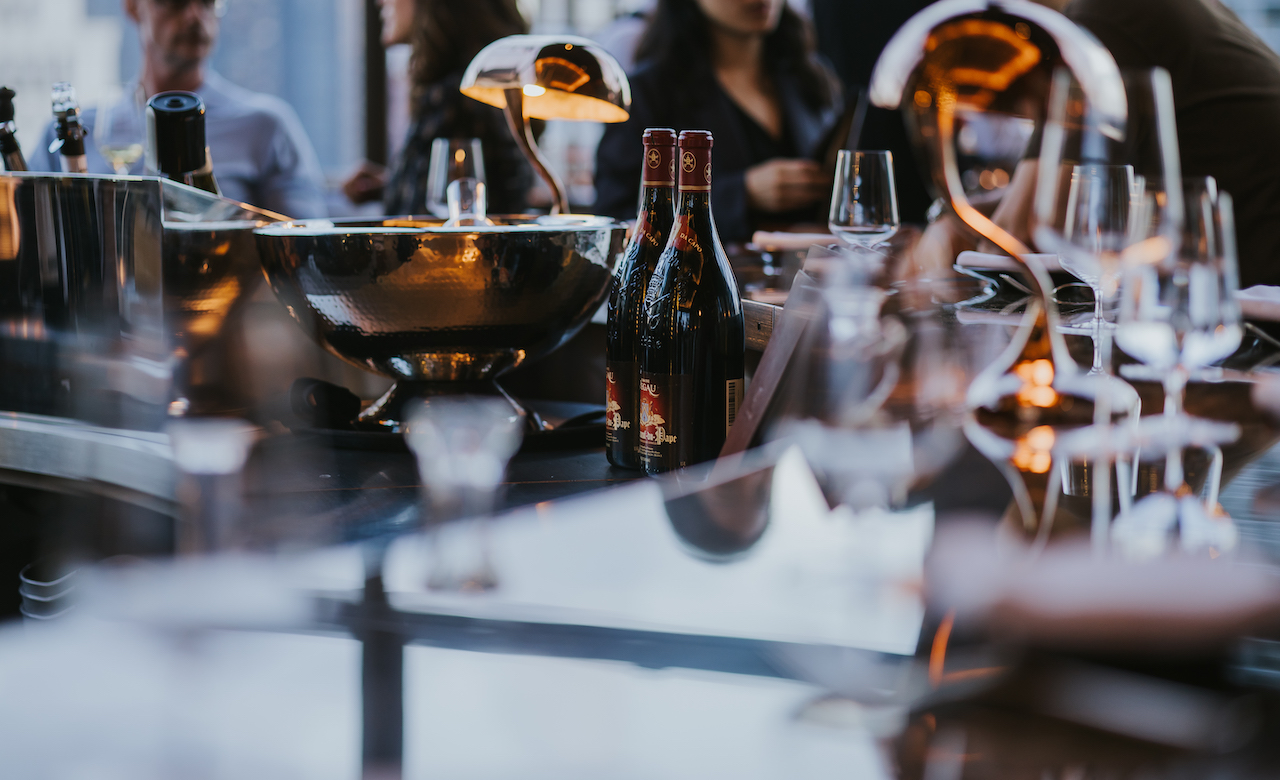
How are Chinese wine brands approaching identity and design—especially when it comes to label aesthetics, the use of Chinese characters, or visual storytelling that resonates globally?
Actually, I’ve seen everything from bottles that are purely written in Chinese script – some very beautiful, very traditional Chinese designs. Whatever language it’s in, there are a lot of words that don’t make any sense until you learn what Merlot is or what Bordeaux is. But to be honest, with Google Translate or whatever app you’ve got, it’s probably going to give you enough clues if you just quickly scan the label.
So there’s that side. And I really kind of admire that. When I see those labels where I don’t understand anything, I’m kind of intrigued, because this is clearly aimed at a domestic audience only — or at least they think that they’ve got enough people internationally who will understand it, or be able to describe it and explain it.
And then at the other end, you’ve got producers who are clearly much more internationally focused. There’s a producer called Xige Estate, and they are often called the Penfolds of China. One of the reasons is that they number all of their wines. For example, they have Xige Number 28, and Penfolds have Bin 28. And they don’t look like Penfolds, but using numbers and their labels are very Western-friendly. That, you know, is going to help from a label recognition point of view, if you’re talking about supermarket shelves.
